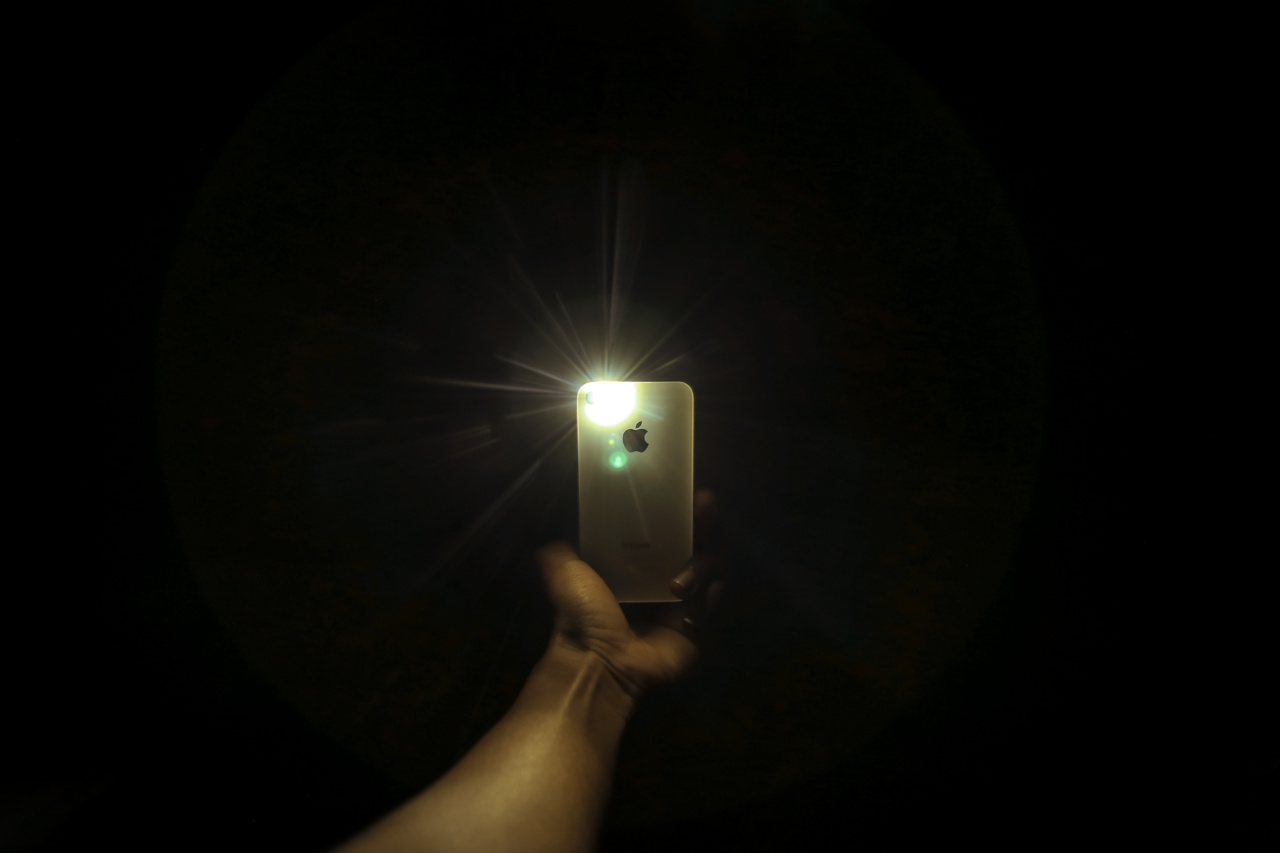Night photography can produce stunning and mysterious images.
But have you ever wondered about those strange bright streaks that sometimes appear in photos taken after dark? These luminous trails, known as night flashes, have intrigued photographers and scientists alike for decades. In this article, we will delve into the phenomenon of night flashes in photos, explore their origin and causes, and discuss how to capture and enhance these captivating visuals.
What are night flashes?
Night flashes, also referred to as light trails or light streaks, are sudden bursts of light that appear as streaks or arcs in photographs taken during the night.
They can range in intensity from faint wisps to vibrant, radiant streaks that dominate the entire frame. These flashes typically add an otherworldly and ethereal quality to nighttime images, making them captivating and intriguing.
The science behind night flashes
The appearance of night flashes in photos is primarily attributed to a phenomenon called stray light. Stray light refers to any unwanted light that enters the camera lens during exposure.
In the case of night photography, this stray light often comes from various artificial light sources present in the scene, such as streetlights, car headlights, or even distant light pollution.
When a camera’s shutter is opened for a long exposure at night, the stray light enters the lens and creates streaks as it moves across the frame.
The length and shape of these streaks depend on several factors, including the speed and direction of the light source, the duration of the exposure, and the camera’s movement.
Types of night flashes
Night flashes can manifest in different forms, each with its unique characteristics. Exploring the various types of night flashes can provide insights into their origins and help photographers better understand their photographic potential:.
1. Light trails from moving vehicles
One of the most common types of night flashes occurs when light sources from moving vehicles create illuminated trails.
As the car moves through the frame during a long exposure, the headlights and taillights leave behind streaks that add dynamism and visual interest to the photograph.
2. Meteor and shooting star trails
In some lucky instances, night photographers can capture the mesmerizing trails left behind by meteors or shooting stars. These fleeting streaks of light bring an element of magic and rarity to nighttime images, evoking a sense of wonder and amazement.
3. Light painting and intentional flashes
Night photographers often experiment with creative techniques such as light painting or intentional flashes to enhance their images.
By using handheld light sources or flashlights, they can introduce deliberate bursts of light during the exposure, resulting in captivating and controlled night flashes.
4. Ambient light reflections
Reflective surfaces, such as bodies of water or shiny objects, can also contribute to the appearance of night flashes.
When light from surrounding sources hits these surfaces and reflects back into the camera lens, it creates luminous streaks that add an enchanting touch to the overall composition.
Techniques to capture night flashes
If you’re eager to capture the beauty of night flashes in your photographs, there are several techniques and tips you can follow:.
1. Use a tripod
Since night photography often requires long exposures, it is essential to use a sturdy tripod to keep your camera steady. This helps avoid unwanted blurring and allows you to capture sharp and defined night flashes.
2. Experiment with different exposure times
Depending on the desired effect and available light sources, you may need to experiment with exposure times.
Longer exposures (several seconds or more) tend to produce more prominent and visible night flashes, while shorter exposures may capture fainter streaks.
3. Find unique light sources
Seek out areas with unique and interesting light sources to increase your chances of capturing captivating night flashes.
Urban environments, with their abundant streetlights and vibrant nightlife, often offer a plethora of possibilities for striking light trails.
4. Incorporate motion and movement
Adding deliberate motion and movement to your compositions can enhance the appearance of night flashes. Experiment with panning or intentionally moving the camera during the exposure to create dynamic streaks and arcs across the frame.
Enhancing night flashes in post-processing
While capturing compelling night flashes requires careful planning and execution, post-processing can further enhance their visual impact. Here are a few techniques you can use to bring out the best in your night flash images:.
1. Adjust the contrast and brightness
Increase the contrast and adjust the brightness levels to make the night flashes stand out more prominently. By enhancing the tonal range, you can create a more captivating and dramatic visual effect.
2. Apply selective editing
Use selective editing tools to highlight the night flashes while preserving the surrounding elements. This technique helps draw attention to the streaks of light and adds a sense of depth and dimension to the overall composition.
3. Experiment with color grading
Adding or adjusting the color cast can significantly impact the mood and atmosphere of your night flash images. Consider experimenting with cool or warm tones to evoke different emotions and enhance the overall aesthetic appeal.
Conclusion
Night flashes in photos unveil a world of intrigue and visual enchantment. Whether they originate from moving vehicles, shooting stars, intentional light painting, or reflective surfaces, these luminous streaks add a touch of magic to nighttime imagery.
By understanding their origins, employing specific photographic techniques, and enhancing them in post-processing, you can capture and showcase the captivating beauty of night flashes in your photographs.






























